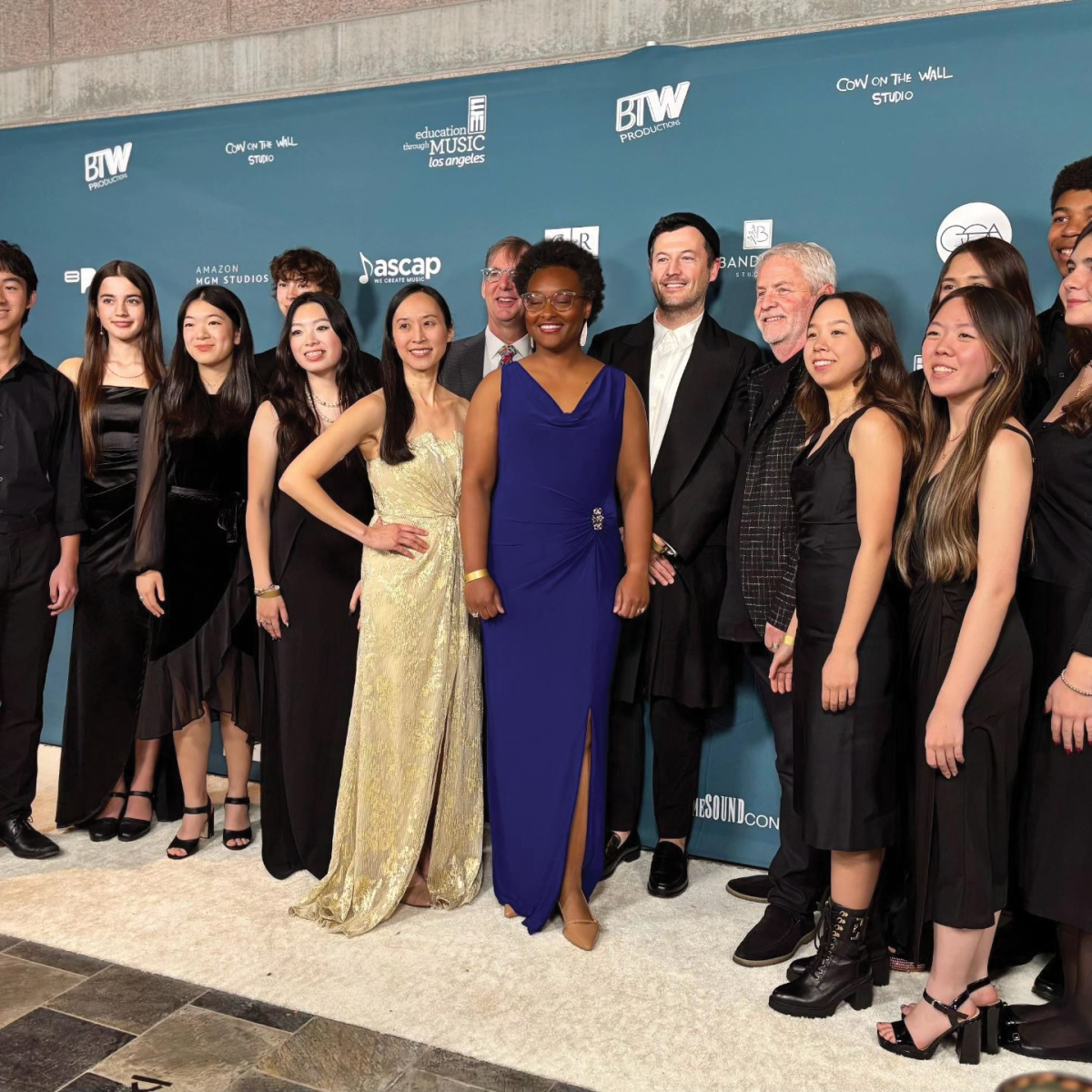Tuition for the 2023-2024 school year has risen to $49,700, a 6% increase from $46,900 last year. Adjusted for inflation, this is an increase of around $1,200. Chief Financial Officer David Weil ’93 said the higher tuition is used to cover rising operating expenses and to give faculty and staff raises in pay.
“Insurance, utilities and supply costs all naturally go up over time, not to mention the need to ensure our employees receive wages commensurate with their professional talents,” Weil said. “Teacher salaries were increased this year, reflecting the hard work that our colleagues undertake but also in recognition of increased costs of living in Los Angeles.”
With the 2024-2025 Annual Giving Campaign reaching a new high of $10.2 million raised, breaking the record of $10 million reached in the 2023-2024 Annual Giving Campaign, Weil said he felt that the past year was a financial success for the school.
“We always need to make choices [and] prioritize where we devote attention, but in that regard I do feel that our financial operations last year supported the school well,” Weil said. “I consider a fiscal year to be successful if we have correctly focused our resources in the areas that make this school special, like our programs, employees and the broader community of families. The Annual Giving campaign was also successful, having fantastic participation among our families and yet another year of 100% giving from faculty and staff.”
Director of Financial Aid Greg Gonzalez said tuition money and the school’s endowment are used to grant financial aid to students in need. 20% of students receive financial aid, which on average covers 72% of the cost of tuition. Additionally, financial aid grants include the costs of retreats, required textbooks and technology stipends. While the number of students receiving financial aid is not planned to be increased for the 2025-2026 school year, Gonzalez said the amount of individual aid given to each student is increased each year along with increases in tuition .
“Every student who receives financial aid receives an increased grant, but they also likely pay more tuition,” Gonzalez said. “Tuition increases, and aid grants increase, but the tuition that families pay increases. Our grants range from 99% tuition covered to 5% tuition covered. So everybody contributes, and no one receives a 100% grant.”
Gonzalez said the school only gives need-based aid in order to fairly distribute funds.
“[When considering an applicant] for financial aid, we take into account their family’s assets and income versus the tuition,” Gonzalez said. “If there is a gap between what we determine to be their ability to pay full tuition, then they apply for financial aid. All of the aid is need-based, not merit-based. We believe all of our students have merit, so the fairest way to distribute financial aid is through need.”
Maylie Macias ’26, who is on 99.6% financial aid, said she is extremely grateful for the experiences at the school that financial aid has made possible for her.
“I personally think that the school’s financial aid program has been an incredibly beneficial resource during my time here,” Macias said. “The opportunities that it provides for its students have truly supported me. If not for the program, opportunities like summer programs, participation in school trips and sports would not have been accessible for me. Because of financial aid, tuition does not have a large impact on my family’s finances. However, there are other factors that do impact our finances, such as transportation to and from school.”
Macias said she does not think tuition should be raised each year due to the additional stress it places on students who receive financial aid.
“We’ve all felt the impacts of inflation, which is why I believe that it is the right thing to raise teachers’ wages to continue high-quality education and teacher retention,” Macias said. “But I don’t believe that raising tuition is the way to do that. It heightens the concerns that students on financial aid have to consider in their daily life that others may not have to. There is definitely a stigma around financial aid, but it’s not really talked about, and it’s that type of thing that nobody really wants to address because then the implicit bias and privilege of a lot of people in the HW community would have to be addressed as well.”
Like Macias, Upper School Counselor Brittany Bronson said she feels that there is a stigma surrounding financial aid among students.
“Imagine being surrounded by so many people whose parents have a lot of resources, and then you come from a background where your family doesn’t have as much,” Bronson said. “I hear students who, [when they] get a bad grade on something, are afraid that their parents will be mad at them because they know how much they sacrifice for the student to be here. I think there’s a lot of guilt that’s wrapped into that because students see how much their parents are sacrificing in order to allow them to go to school here, whether it’s working longer hours or having multiple jobs.”
Many universities have need-blind admissions, in which a student’s ability to pay tuition is not factored into the admissions decision. While the school is not strictly need-blind, Gonzalez said the admissions process at school aims to be so as much as possible.
“The admission process is need-blind until the very end,” Gonzalez said. “Just like we have a number of maximum seats per class, we have a number of maximum seats for financial aid, and at some point, the resources we have can’t fund all of the students who are qualified for admission, which is one reason why we’re working hard to expand the number of students on aid. We look at financial aid as a vehicle to excellence. It allows us to broaden our applicant pool.”
The financial aid program is not planned to be expanded for the 2025-2026 school year, meaning that the percentage of students receiving aid will remain at 20%, according to Gonzalez. Even so, Gonzalez said he hopes that admissions at school will one day be completely need-blind.
“I think financial diversity is the next frontier in diversity,” Gonzalez said. “We’re trying to be more open about it. Like any other kind of diversity, socioeconomic diversity is really important, especially in Los Angeles, where, by the most conservative estimate, about 90% of families would qualify for our financial aid program. That’s just the nature of an independent school education. It’s expensive.”
































